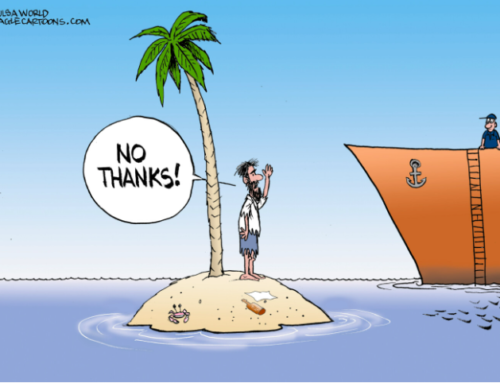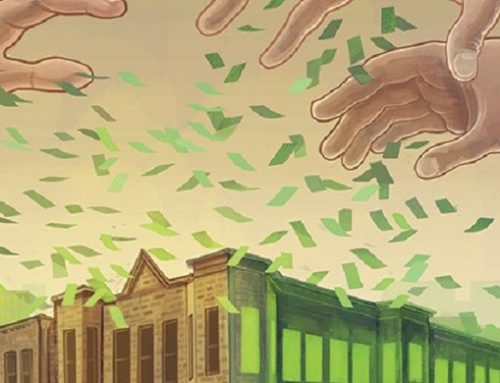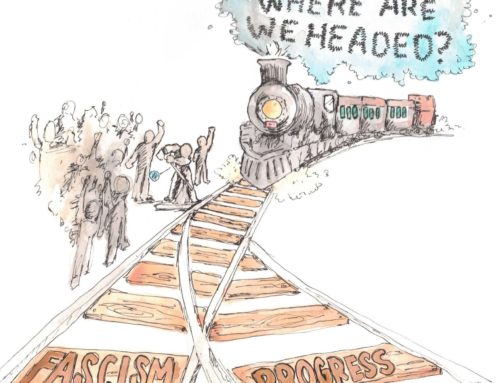
The surplus value created in production is locked inside the commodity until the moment of consumption, when it’s released as profit.
When you plunk your dollars down to buy the hair dryer or the box of frozen waffles, the capitalist’s goal is realized.
Now we run into one of capitalism’s major contradictions. In order to make a profit at all, capitalists must pay the workers collectively less than the total worth of the commodities that they produce. So, there will always be more on the market than what can be consumed by the domestic population. When markets become saturated, this causes what’s called the crisis of over-production. There’s too much stuff, and because profit is created by exploiting labor, the people will never – can never – be paid enough to buy it all.
The goal of each individual capitalist is to maximize profits, in other words, to accumulate as much surplus value as possible, to reinvest as new capital. But for the system overall, too much surplus value causes problems. It can’t all be absorbed back into the economy.
What do they do with it? They can’t just leave it lying around to depreciate; they have to put it to work somehow.






